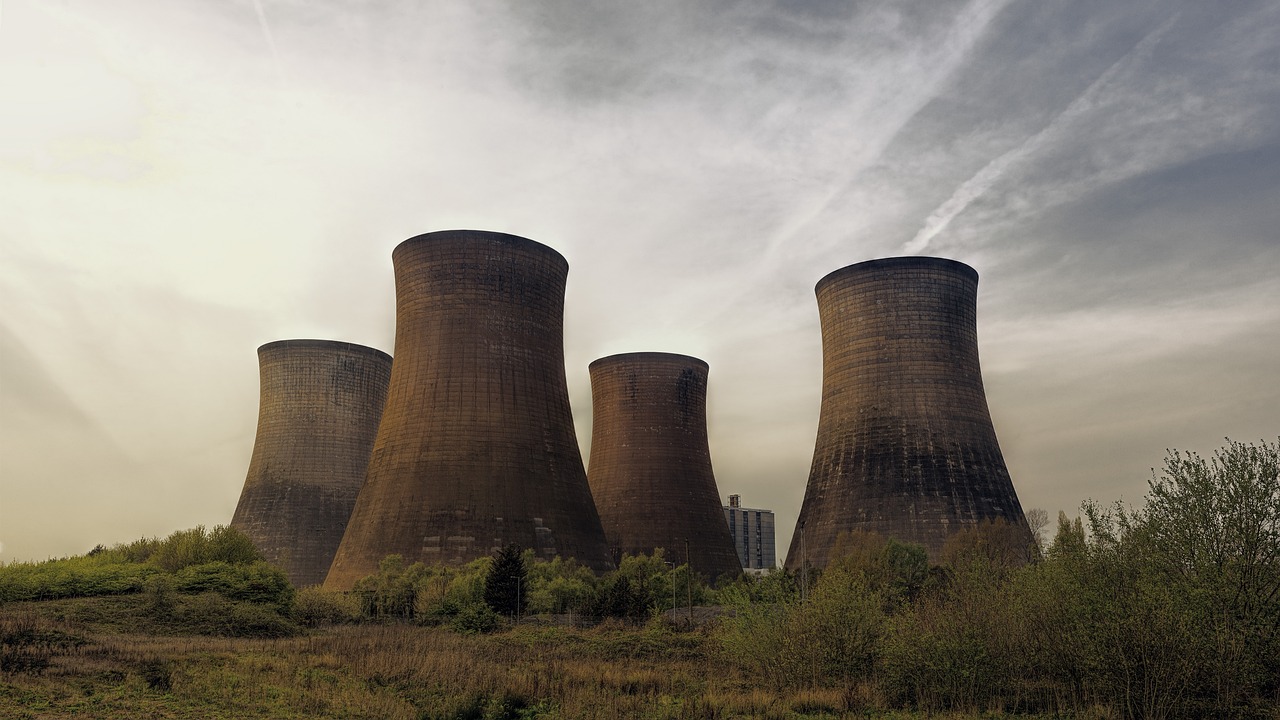The Role of Tech in Improving Access to Clean Water
Access to clean water is a fundamental human right that is essential for sustaining life and promoting good health. Without clean water, not only do individuals suffer from dehydration, but they are also at risk of contracting waterborne diseases that can be debilitating or even fatal. Clean water is crucial for proper sanitation, hygiene, and overall well-being, making it a cornerstone of public health initiatives worldwide.
Communities with inadequate access to clean water face numerous challenges, including limited economic opportunities, reduced agricultural productivity, and compromised educational outcomes. The burden of collecting water often falls heavily on women and children, who spend significant time and energy fetching water from distant sources. By ensuring universal access to clean water, societies can unlock the potential for economic growth, improved health outcomes, and enhanced social equity.
Challenges in Providing Clean Water Access
Providing clean water access to all remains a pressing global challenge. One major obstacle is the lack of infrastructure in many regions, making it difficult to transport clean water effectively. Additionally, the high costs associated with implementing and maintaining water purification systems create financial barriers for many communities. These challenges are further compounded by climate change and population growth, which place additional strain on already limited water resources.
Furthermore, the unequal distribution of clean water resources exacerbates the issue of providing universal access. Remote and marginalized communities often face disproportionate challenges in accessing clean water, leading to disparities in health outcomes and quality of life. Finding sustainable solutions that address these systemic inequalities is crucial in ensuring that clean water is accessible to all individuals regardless of their geographic location or socioeconomic status.
Current Technologies Used in Water Purification
Water purification technologies have advanced significantly in recent years to provide safe and clean drinking water worldwide. One common method is filtration, where water passes through various mediums to remove impurities and contaminants. Another widely used technology is the process of chlorination, where chlorine is added to water to kill harmful bacteria and viruses.
Ultraviolet (UV) disinfection is a highly effective method that uses UV light to destroy bacteria and other pathogens present in water. Additionally, reverse osmosis is a popular technology that utilizes a semipermeable membrane to remove contaminants from water, ensuring its safety for consumption. These technologies, among others, play a crucial role in ensuring access to clean water for communities around the globe.
What are some common technologies used in water purification?
Some common technologies used in water purification include reverse osmosis, UV disinfection, activated carbon filtration, and distillation.
How do reverse osmosis systems work in water purification?
Reverse osmosis systems use a semipermeable membrane to remove contaminants from water by forcing water through the membrane at high pressure, leaving behind impurities.
What are the challenges in providing clean water access to all communities?
Challenges in providing clean water access include infrastructure limitations, funding constraints, pollution, and inadequate treatment facilities.
How does UV disinfection work in water purification?
UV disinfection uses ultraviolet light to inactivate bacteria, viruses, and other microorganisms in water, making it safe to drink.
What is the importance of clean water access?
Clean water access is essential for human health, sanitation, and overall well-being. Lack of clean water can lead to waterborne diseases and other health issues.
How does activated carbon filtration remove impurities from water?
Activated carbon filtration works by adsorbing contaminants onto the surface of the carbon, effectively removing impurities such as chlorine, pesticides, and organic compounds from water.





